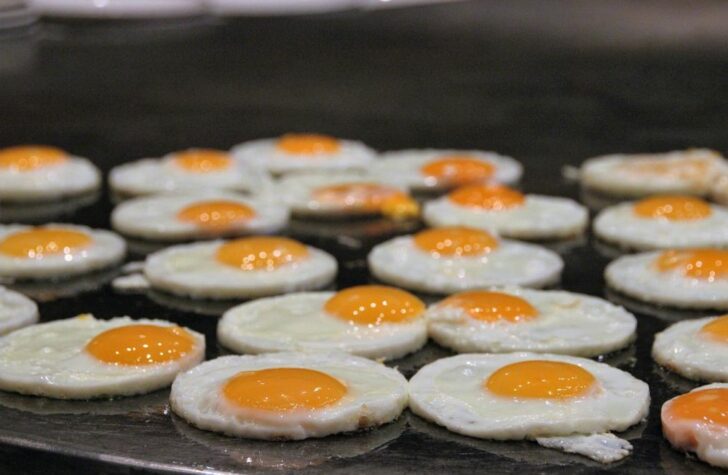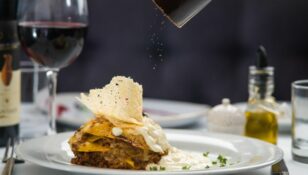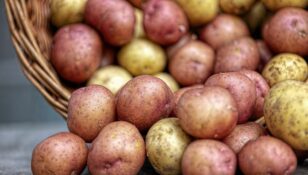Raclette cheese: A Delightful Journey into Swiss Tradition

Introduction
Raclette cheese holds a special place in Swiss culinary traditions, renowned for its creamy texture and rich flavor. Originating from the French word ”racler” meaning ”to scrape,” raclette cheese is often enjoyed in a unique culinary experience called raclette, which involves melting the cheese and scraping it onto various accompaniments. In this article, we will delve into the world of raclette cheese, exploring its origins, types, popular variations, quantitative measurements, differences between different raclette cheeses, and a historical overview of its pros and cons.
An Extensive Introduction to Raclette Cheese

Raclette cheese is a semi-hard cow’s milk cheese with a pale yellow color, originating from the Alpine regions of Switzerland, France, and Germany. It boasts a creamy and buttery texture, complemented by a nutty and slightly fruity taste. The cheese is traditionally made using unpasteurized milk, but pasteurized versions are also available to cater to various regulations.
Types and Popularity
Several variations of raclette cheese exist, each with its own unique characteristics and popularity. The most renowned type is Swiss raclette cheese, which is typically made from cow’s milk and has a creamy, melt-in-your-mouth consistency. French raclette cheese, on the other hand, is known for its slightly stronger flavor and firmer texture. Other popular variations include German and American raclette cheeses, which also offer distinct flavor profiles.
Quantitative Measurements for Raclette Cheese
When it comes to raclette cheese, a specific measurement scale is used to determine its quality. The ”degree of ripeness” (also known as the AOC classification) is a numeric value ranging from 1 to 10, with 10 being the highest quality. This scale considers factors such as the cheese’s aroma, texture, and taste. Typically, the higher the degree of ripeness, the more pronounced and complex the flavors.
Distinguishing Factors among Raclette Cheeses
Although raclette cheese varieties share similarities, there are notable differences that make each unique. Factors such as milk types, production methods, aging processes, and regional influences contribute to these distinctions. Swiss raclette cheese, for instance, is known for its mild and creamy taste, while French raclette offers a more intense flavor. The variations in flavor, texture, and aroma can also be attributed to the types of bacteria and molds used during the cheese-making process.
A Historical Overview of Pros and Cons
Understanding the historical context of raclette cheese allows us to appreciate its pros and cons. One advantage of raclette cheese is its versatility; it can be enjoyed on its own or melted and served alongside a variety of accompaniments, such as potatoes, cured meats, and pickles. The melting process brings out its distinctive flavors, further enhancing the gastronomic experience. However, due to the traditional use of unpasteurized milk, raclette cheese may carry a higher risk of foodborne illnesses. It is essential to consider this aspect and ensure the cheese is sourced from reputable producers.
Conclusion
Raclette cheese stands as a testament to Swiss culinary excellence, captivating food enthusiasts worldwide with its delectable flavors and unique melting experience. Whether you savor it on a cold winter evening or explore its versatility in different dishes, raclette cheese never fails to deliver a delightful gastronomic journey. By understanding its various types, quantitative measurements, distinguishing factors, and historical context, you can fully immerse yourself in the world of raclette cheese and appreciate its rich traditions. Bon appétit!

















